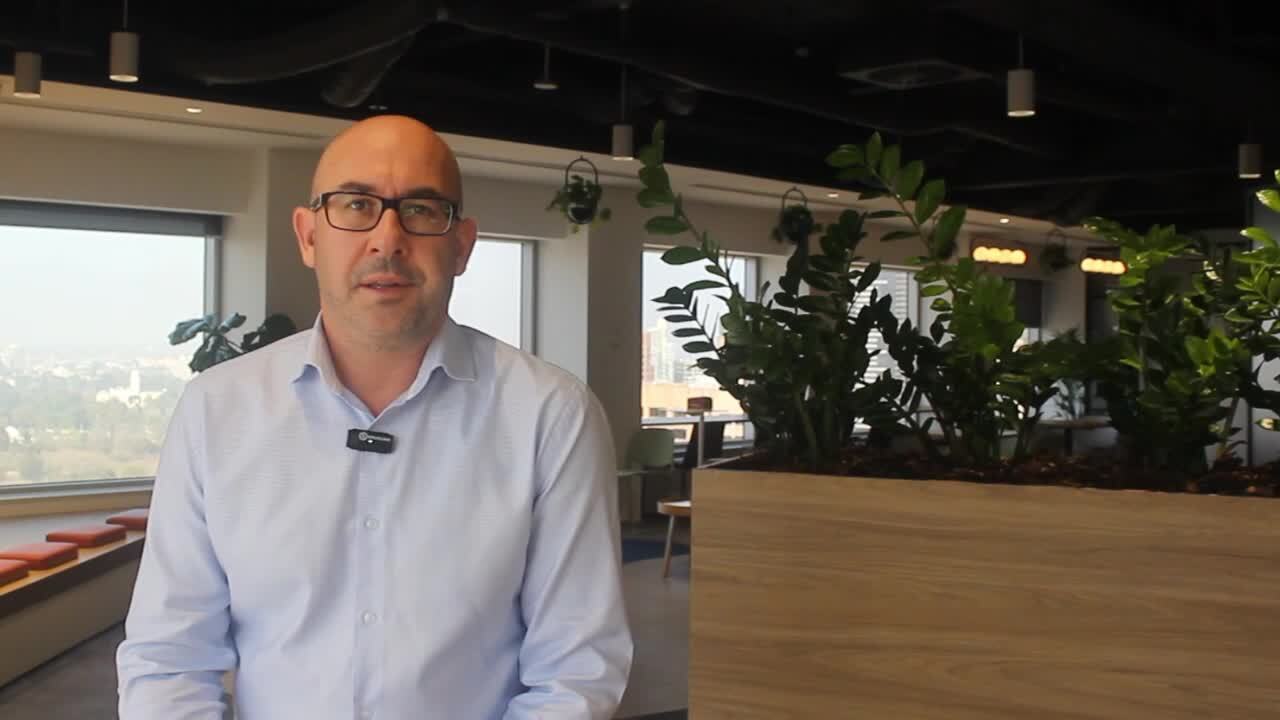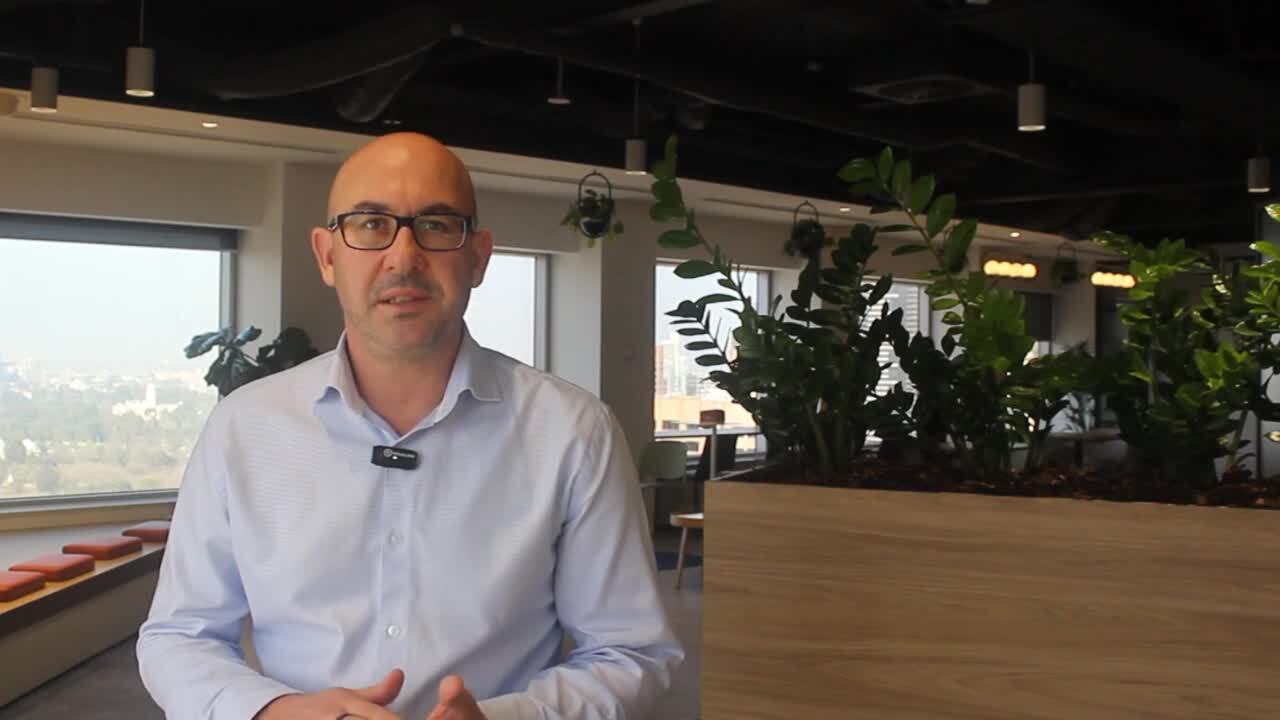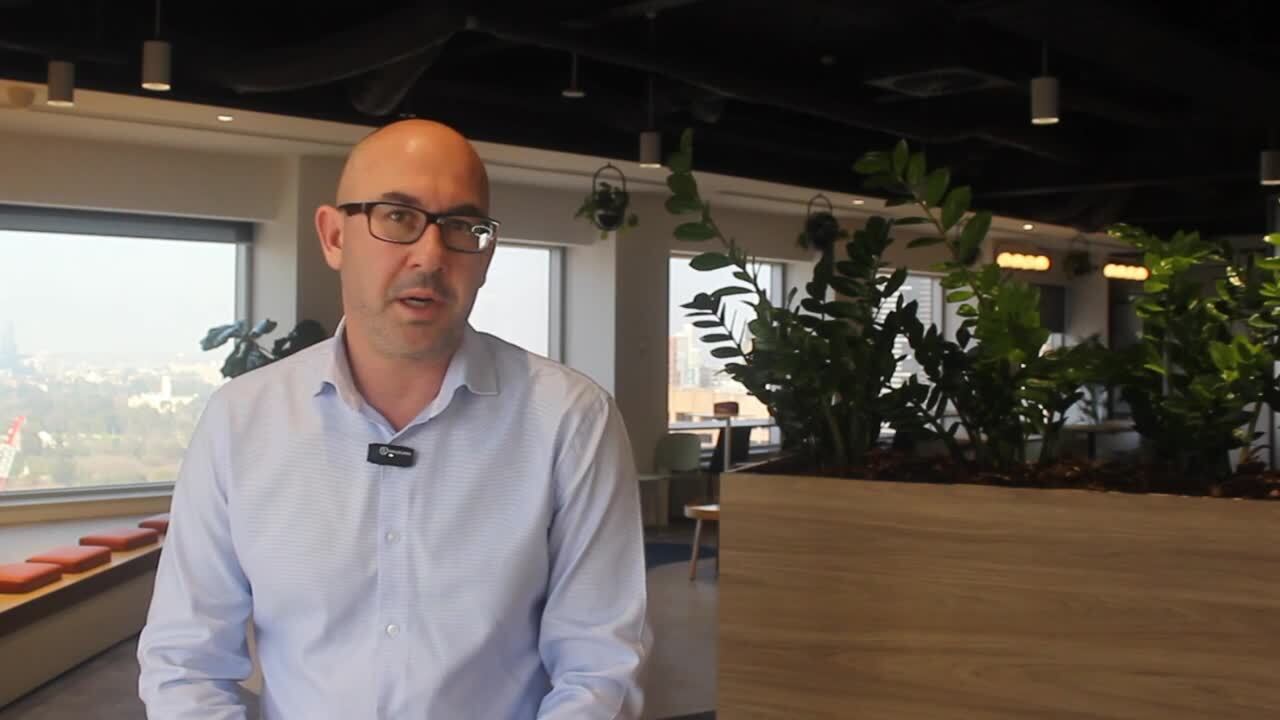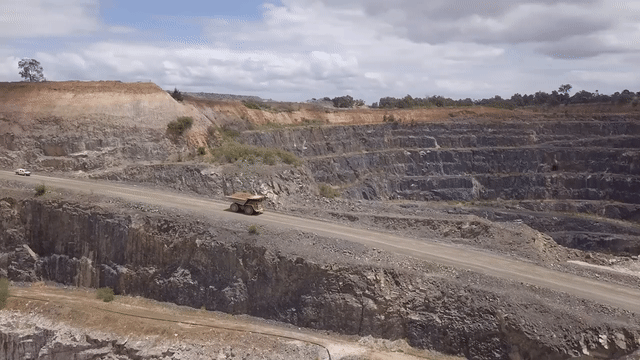At a high level, a confluence of factors - macroeconomic, environmental, social, and monetary - have arisen as a unique set of pre-conditions that create the driver for change.
However, at a macroeconomic and environmental level, mass electrification of world infrastructure is driving demand for critical minerals and rare earths. According to statisitcs in our white paper, global shortages of these minerals are anticipated over the next 10-to-15 years. Governments around the world are being compelled to reevaluate their strategies in order to ensure an ample and reliable supply for supporting the production of batteries, electric vehicles, wind turbines, and associated infrastructure.
We asked Matt to shed some light on the connection between Responsible Mining and the global mineral shortage. Here’s what he had to say:
Matt Scholl is a well-regarded senior manager and thought leader with more than 20 years of experience in environmental science and technology. He has guided the implementation of effective solutions at some of the most environmentally constrained mining operations in Australia, North and South America and Northern Europe.

However, for deposit-rich countries, the main inhibitor to bringing on new mining capacity to meet this increased demand is red tape. Permitting processes vary in their duration, from several years in Australia to a decade or more in North America.
Red tape reduction on the table as a quid pro quo from the industry
The red tape blocking site expansions and new projects has built up over many decades and exists principally due to a lack of trust that miners will operate responsibly without granular oversight, if given the chance. As a result, miners for years have faced strict compliance processes, bureaucracy, cumbersome approvals and at-times glacial movement at every stage of the project lifecycle, from exploration to feasibility and right up to the final investment decision. These delays often endanger the business case for new projects.

Mining companies need faster approvals and permitting of new operations to increase capacity and supply. Policymakers that want a guaranteed supply of critical minerals are amenable to moving faster but need to maintain existing levels of assurance.
It is in the best interests of all parties to resolve this impasse. Unwinding the red tape guarantees the future domestic supply of critical minerals, and - where excess supply makes it possible - lucrative export opportunities. But the possibility of a reduction in red tape requires a quid pro quo from the industry. Miners will invariably have to take the first step: to prove they are trustworthy, in order to be given more trust.
The streamlining of the operating environment should be a sufficient motivation in and of itself - but mining companies also have their own additional reasons to change. These include that access to debt facilities and investment on favorable terms is increasingly reserved for companies that operate responsibly and have a demonstrated commitment to environmental, social and corporate governance (ESG).
Investor expectations driving the shift towards Responsible Mining
Investors and shareholders have grown impatient and are increasingly moving against operators that are seen not to be hitting ESG targets or taking responsibilities for environmental stewardship seriously.
The weight of investor expectation now goes above and beyond regulations and licensing. According to stats in our white paper on Responsible Mining: Nine-in-ten institutional investors say they factor ESG and sustainability into decisions, and 67% feel they have “a responsibility to invest sustainably”.

While some miners may not be accustomed to operating with this level of openness - equivalent in many cases to offering a near real-time, public-facing view into their operations - it’s the future of mining, and there is an urgency to embrace it. As Deloitte notes, operators that “let the industry’s purpose and dedication to being a responsible steward of nature shine through” in their work “may have a significant advantage in accessing funding, insurance, talent, and securing permits and a social licence to operate.”
Responsible Mining isn’t just the right thing to do; it’s a business model actively pursued by leaders today for high growth tomorrow.
The onus is on every mining company to seize this opportunity now and to play its part. As a provider of environmental intelligence to mining operations across the globe, Envirosuite stands ready to assist as a key enabler of sustainability, ESG and Responsible Mining.
Download: Free white paper on Responsible Mining
Envirosuite understands the importance efficient and sustainable mines play in society. It is essential for the mining companies to break through data silos, build social license to operate and demonstrate responsible mining practices.
Today’s mining operators remain focused on staying within imposed limits in order to avoid costly stoppages. Despite these measures, a variety of challenges at a mine site can hinder efficiency and lead to a constant struggle of balancing productivity targets against compliance thresholds.

Learn more about how the leading mining companies are bridging sustainability commitments and delivering results in our latest white paper “Extracting a better future”.
